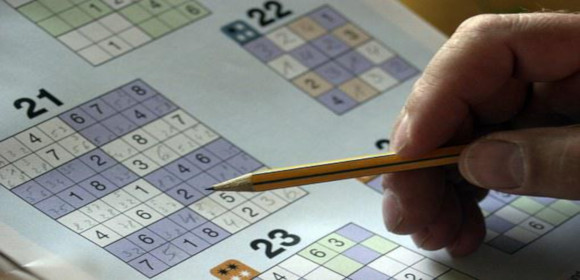Printable Sudoku PDF
-
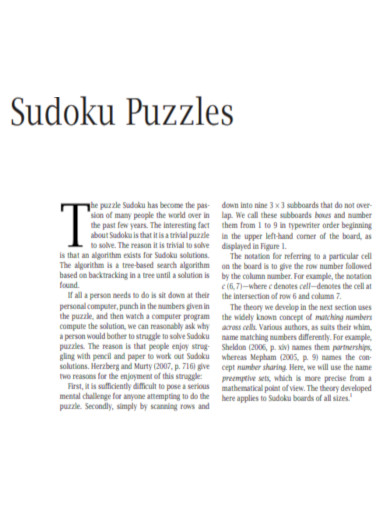
Sudoku Puzzles
download now -

Benefits Sudoku
download now -
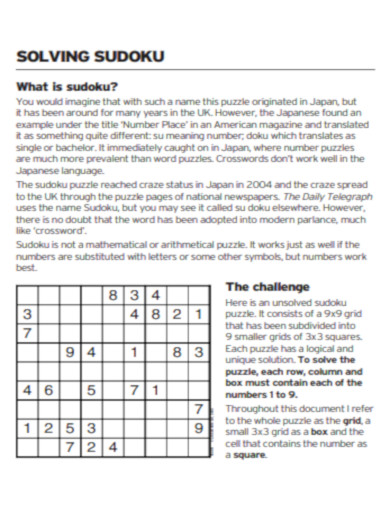
Solving Sudoku
download now -
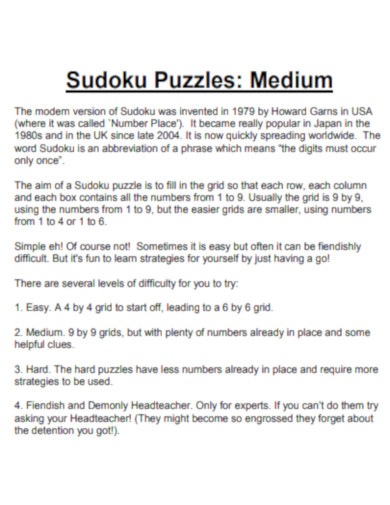
Medium Sudoku Puzzles
download now -

Performance and Scalability of Sudoku Solvers
download now -
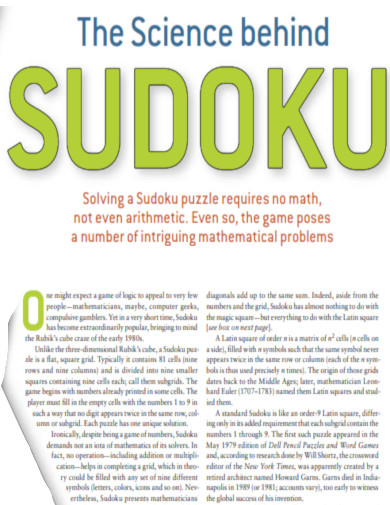
Science Behind Sudoku
download now -
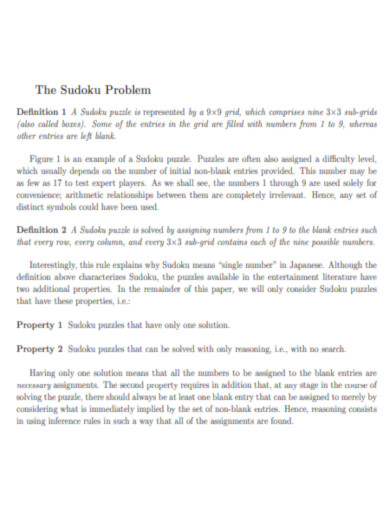
Sudoku Problem
download now -
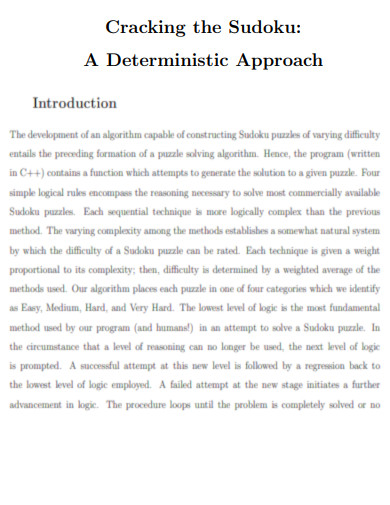
Deterministic Approach Sudoku
download now -

Package Sudoku
download now -
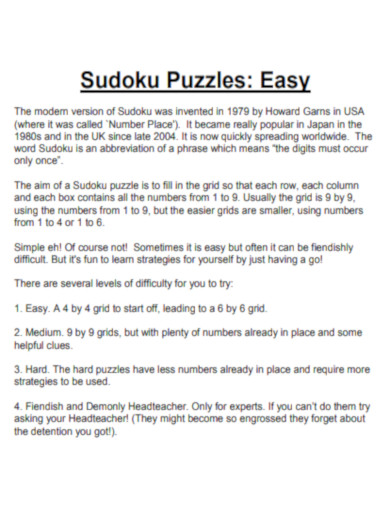
Easy Sudoku Puzzles
download now -
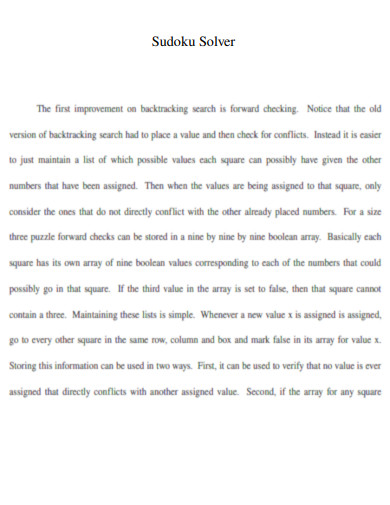
Sudoku Solver
download now -

Puzzle Solving with EM Sudoku
download now -
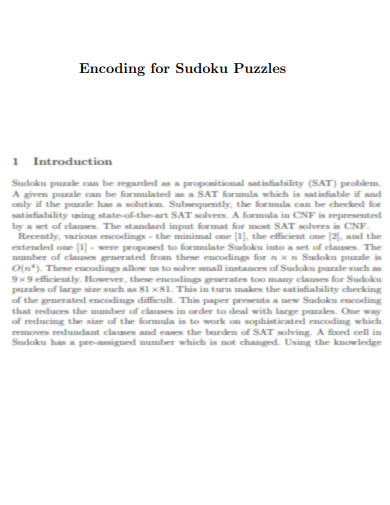
Encoding for Sudoku Puzzles
download now -
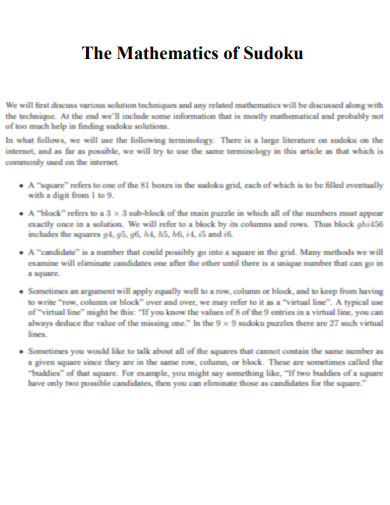
Mathematics of Sudoku
download now -

Generating Sudoku Puzzles
download now -

Strategies and Algorithms of Sudoku
download now -
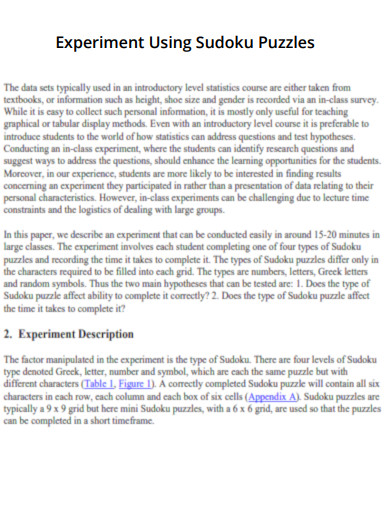
Experiment Using Sudoku Puzzles
download now -
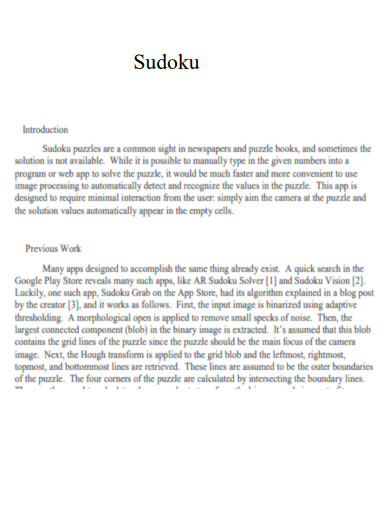
Simple Sudoku
download now -
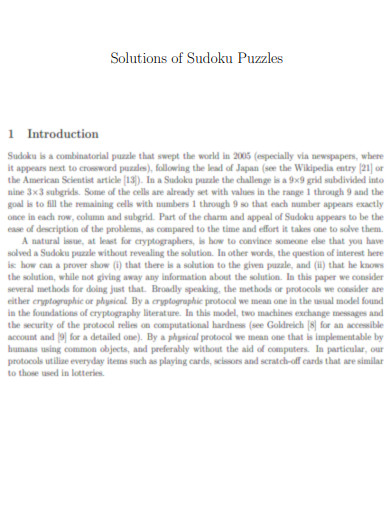
Solutions of Sudoku Puzzles
download now -

Classic 9×9 Sudoku Instructions
download now -
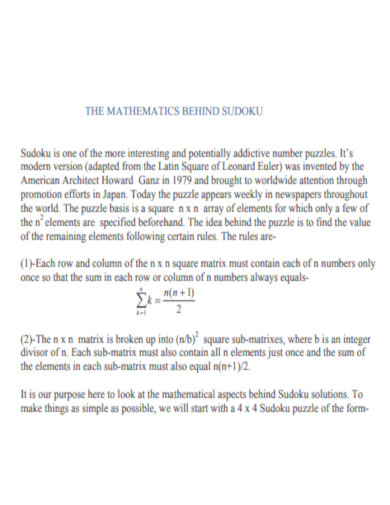
Mathematics Behind Sudoku
download now -
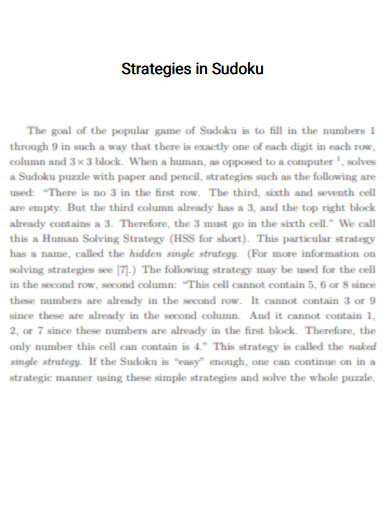
Sudoku Strategies
download now -
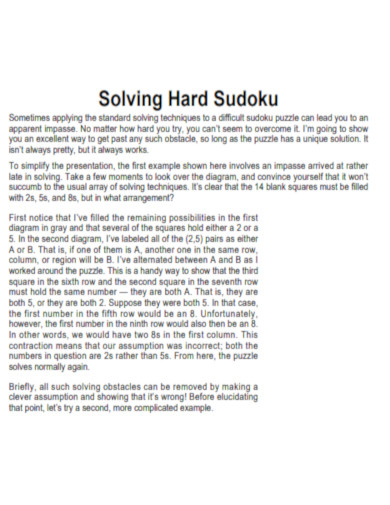
Solving Hard Sudoku
download now -

Puzzling Over Sudoku
download now -
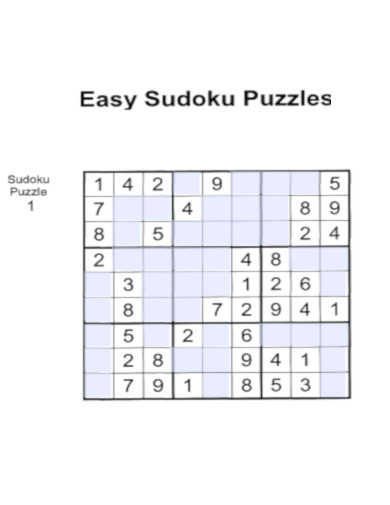
Printable Sudoku Puzzles
download now -
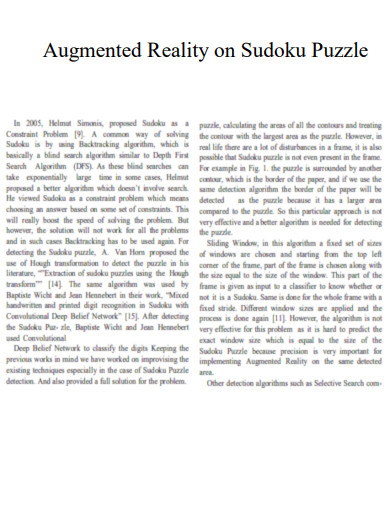
Augmented Reality on Sudoku Puzzle
download now -
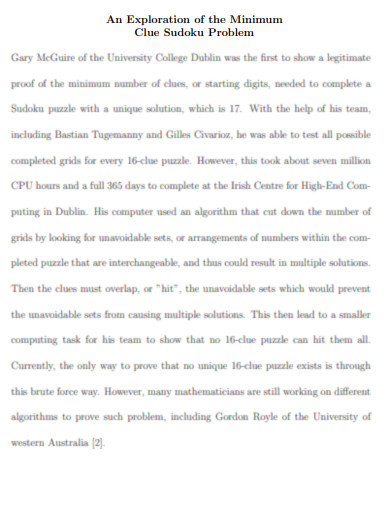
Minimum Clue Sudoku Problem
download now -
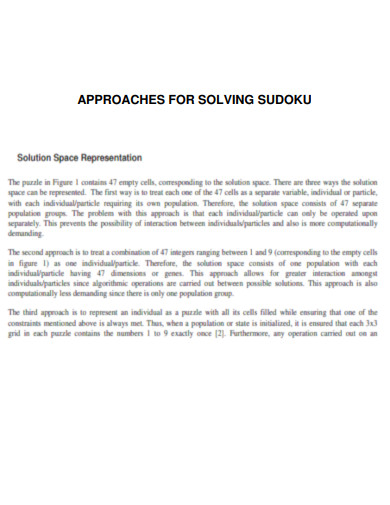
Approach for Solving Sudoku
download now -
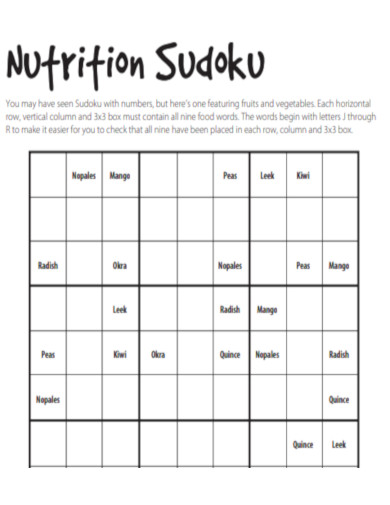
Nutrition Sudoku
download now -
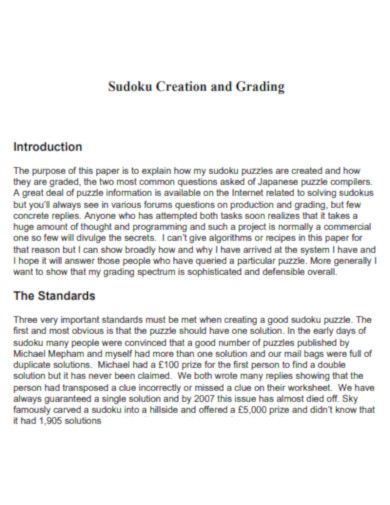
Sudoku Creation and Grading
download now -
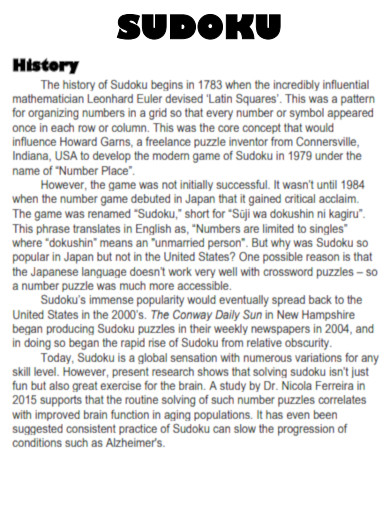
History of Sudoku
download now -
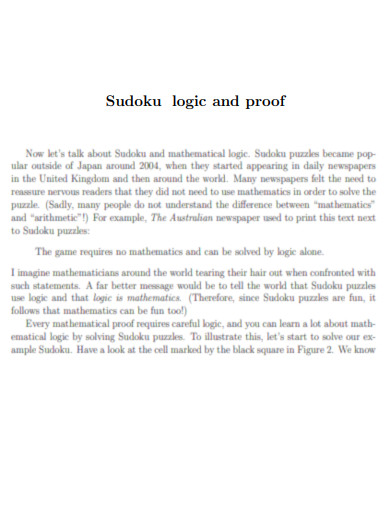
Sudoku Logic and Proof
download now -
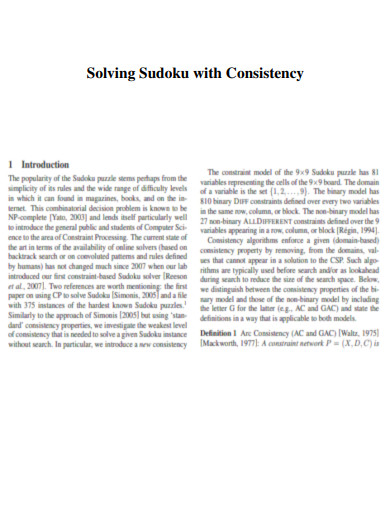
Solving Sudoku with Consistency
download now -
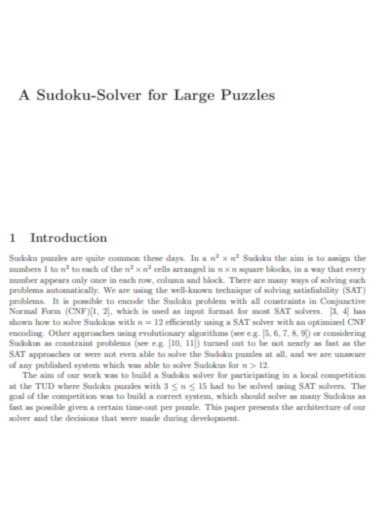
Sudoku Solver for Large Puzzles
download now -
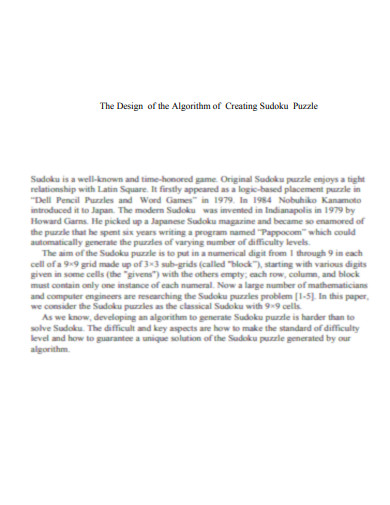
Design of the Algorithm of Creating Sudoku Puzzle
download now -
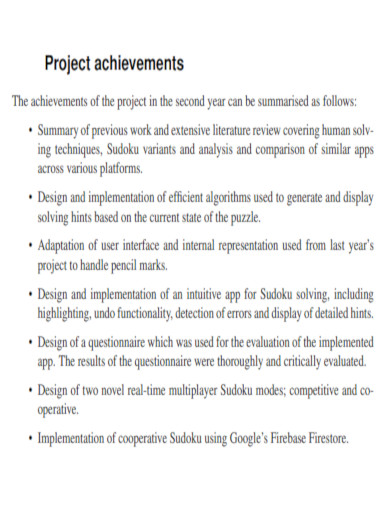
Sudoku Solver Project
download now -
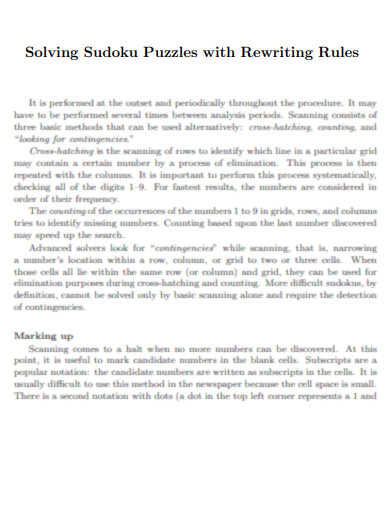
Solving Sudoku Puzzles with Rewriting Rules
download now -
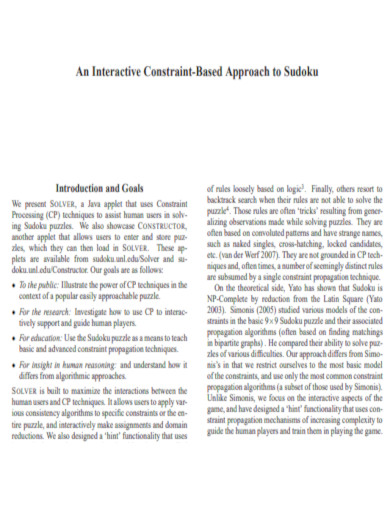
Interactive Approach for Sudoku
download now -
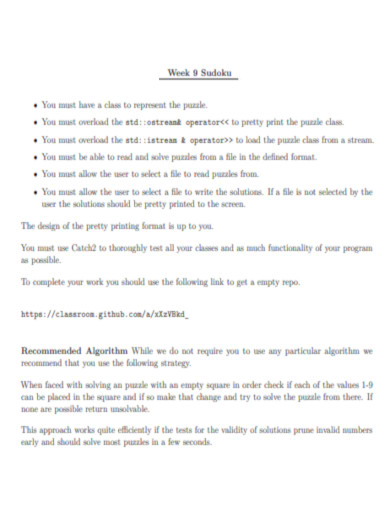
Sudoku Puzzle File
download now -
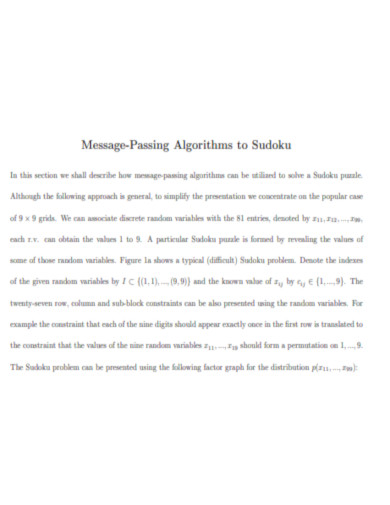
Sudoku Message Passing Algorithms
download now -
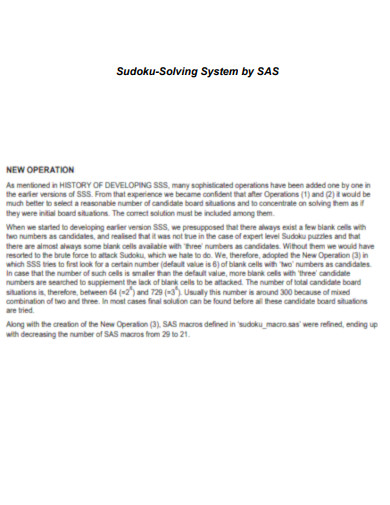
Sudoku Solving System by SAS
download now -
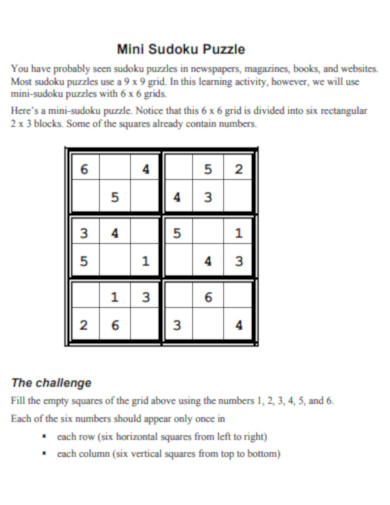
Mini Sudoku Puzzle
download now -
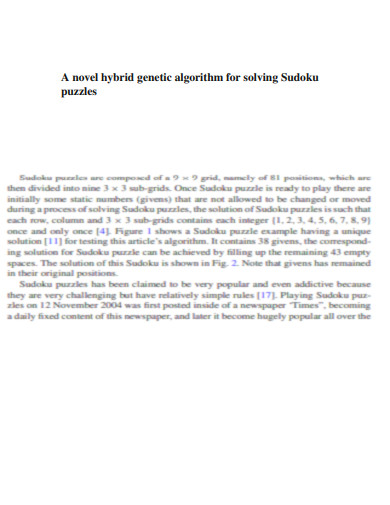
Algorithm for Solving Sudoku Puzzles
download now -
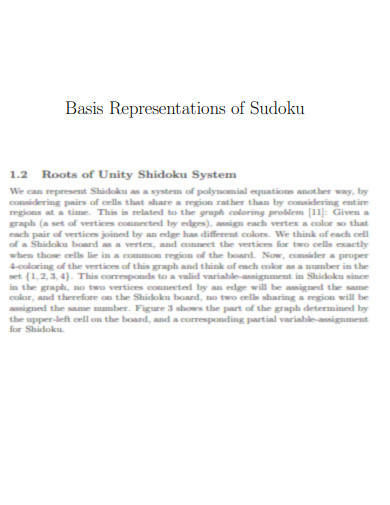
Basis Representations of Sudoku
download now -
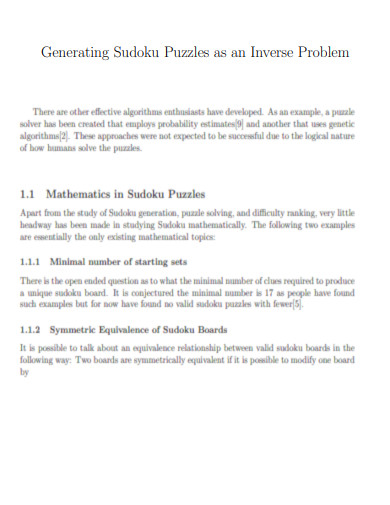
Sudoku Puzzles as an Inverse Problem
download now -

Sudoku Activity Idea
download now -
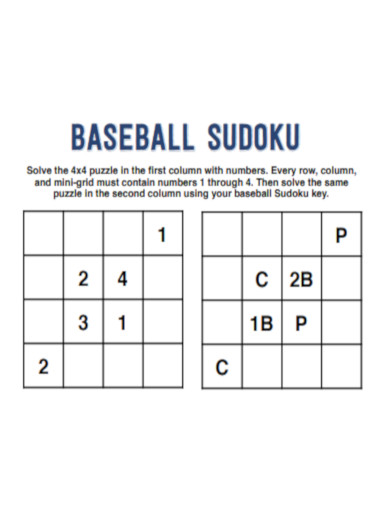
Baseball Sudoku
download now -
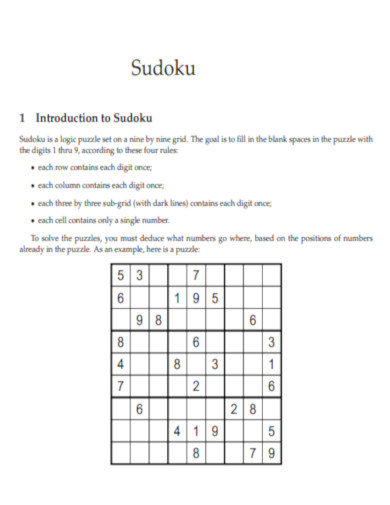
Introduction to Sudoku
download now -
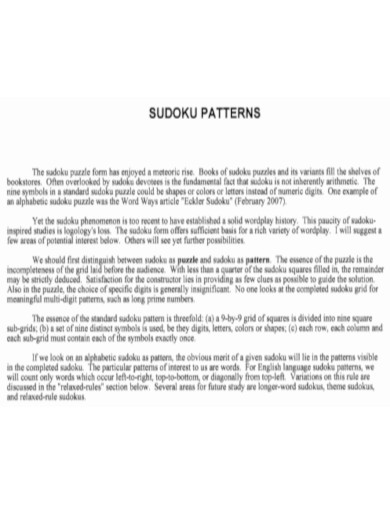
Sudoku Patterns
download now -
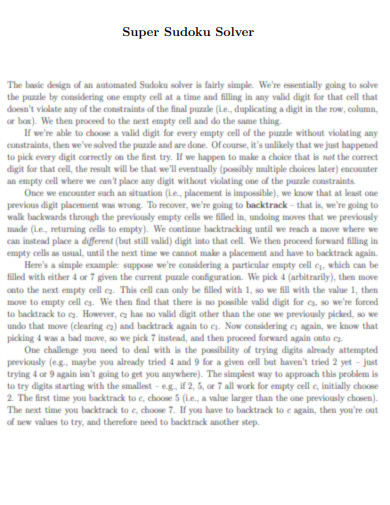
Super Sudoku Solver
download now -

What is Sudoku
download now -
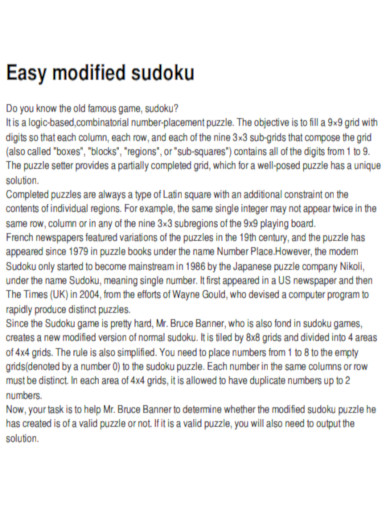
Easy Modified Sudoku
download now -
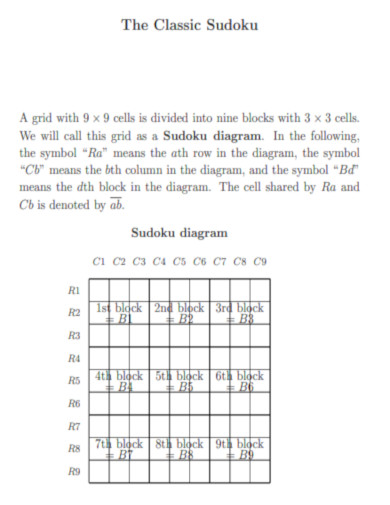
Classic Sudoku
download now
What Is Sudoku?
Sudoku is a number sequence puzzle based on logic and combinatorics. In classic Sudoku, the goal is to put numbers in a 9×9 grid so that each column, row, and nine 3×3 subgrids that make up the grid have all numbers from 1 to 9. Most sudoku puzzles have a few boxes already filled in, so you can use those as a starting point and work backward to solve the mystery. The harder it is, the fewer numbers are already filled in. Sudoku makes you feel calm and in control. Many people work Sudoku into their daily schedules because it helps them feel better and gives them more energy to meet their other obligations. One of the reasons why Sudoku is so popular is that it gives people a sense of mastery.
Benefits of Sudoku
This game’s widespread appeal is due to its numerous advantages. It is a simplistic puzzle with a straightforward layout and instructions. Yet, children and adults of all ages cannot resist falling in love with its difficulties. The dedication to this numerical problem is motivated by the benefits players can experience firsthand, even if they do not actively consider them.
How to Help You Solve Sudoku Faster
Are you new to solving Sudoku problems and need help with how to do so? Or are you advancing to more complex stages and becoming stuck? In either scenario, you will profit from the following strategies for solving Sudoku. Even if you already know most of these Sudoku tips and tricks, you may pick up a few new ones or receive a helpful refresher. So let’s dive in!
1. Determine Where to Begin Solving
If you’re new to the game of Sudoku, you may need help knowing where to begin when you first look at a puzzle. Occasionally, placing the first digit in the grid can be the most challenging step. You’ll want to look for certain things to make the process easier. There are other activities you wish to avoid. The first piece of advice is to search for rows, columns, or 33 blocks with more provided digits. The other vacant cells inside the same row, column, or partnership will be constrained by the presence of these cells, which means that there will be fewer possible values for these empty cells than for other blank cells. Similarly, another strategy is to examine which numbers appear more frequently among the specified digits.
2. Consider Only Single Candidates
Single candidates, also known as naked singles, happen when a specific cell contains only one candidate. This is because other numbers will have eliminated all different digits from 1 to 9 in the grid. Also, the best Sudoku players know how to carve through the visual clutter of a Sudoku grid and start looking for the most important clues and information immediately. They know how to use a process to look at the Sudoku grid and see which places are the most promising.
3. Develop Your Scanning Skills
Only attempt to concentrate on the part of the Sudoku grid at a time. Instead, it is preferable to scan rows, columns, and 33 blocks individually. This way, you’ll be able to determine which sections are the easiest to tackle first. Taking this technique a step further, when you feel comfortable, you should also scan many locations simultaneously to determine how they interact. For instance, if you scan down a row and a column and note that they both contain many digits, you will immediately know that the intersection cell will be heavily limited.
4. Don’t Dwell in One Location for Too Long.
Effective scanning also entails focusing only on a few sections of the grid. If you’re doing this, it’s likely because the section of the grid you’re concentrating on requires you to place numbers elsewhere before you can solve it. Therefore, it is essential to understand how to shift your attention around the grid to choose which area may be worked on first. Then you can return to the more challenging parts later.
5. Maintain the Momentum
Because some areas of the grid require the placement of other digits before they can be solved, Sudoku is a momentum-based problem. As soon as you begin placing numbers in the grid, it will become evident that you can virtually cascade-like resolve other empty cells. When entering a new digit, scanning along rows, columns, and within 33 blocks is essential, as this may open new cells.
6. Utilize Pencil Markings
Using the process of elimination to solve a Sudoku puzzle, pencil marking potential possibilities in blank cells will be helpful. When done correctly, pencil marking helps refine sampling techniques and identify naked and hidden pairings.
FAQs
Is Sudoku a high IQ?
Based on this case study, someone good at solving Sudoku puzzles probably has a high IQ. The weak correlation between Sudoku scores and the waiting test shows that a high score on Sudoku doesn’t always mean you have a high IQ in general.
What will happen if I play Sudoku daily?
Sudoku keeps the brain busy and minimizes the chance of Alzheimer’s disease, the most prevalent form of dementia that impairs a person’s cognitive and behavioral abilities. Engages your mind: As you become engrossed in solving a challenge, the game improves your logical reasoning with your logic models and, eventually, your arithmetic skills.
Is solving Sudoku a talent?
Learning to play Sudoku is a talent that does not rely on luck or random chance; the greatest players understand the principles of the game, how to assess a Sudoku grid, and how to apply a rigorous vision statement and thought process to Sudoku-solving strategies.
Now that you have numerous suggestions for playing Sudoku, it is time to implement them. You can only improve at solving Sudokus by attempting them and gaining experience. The more you rehearse, the more you discover what works for you and build your problem-solving approach.
